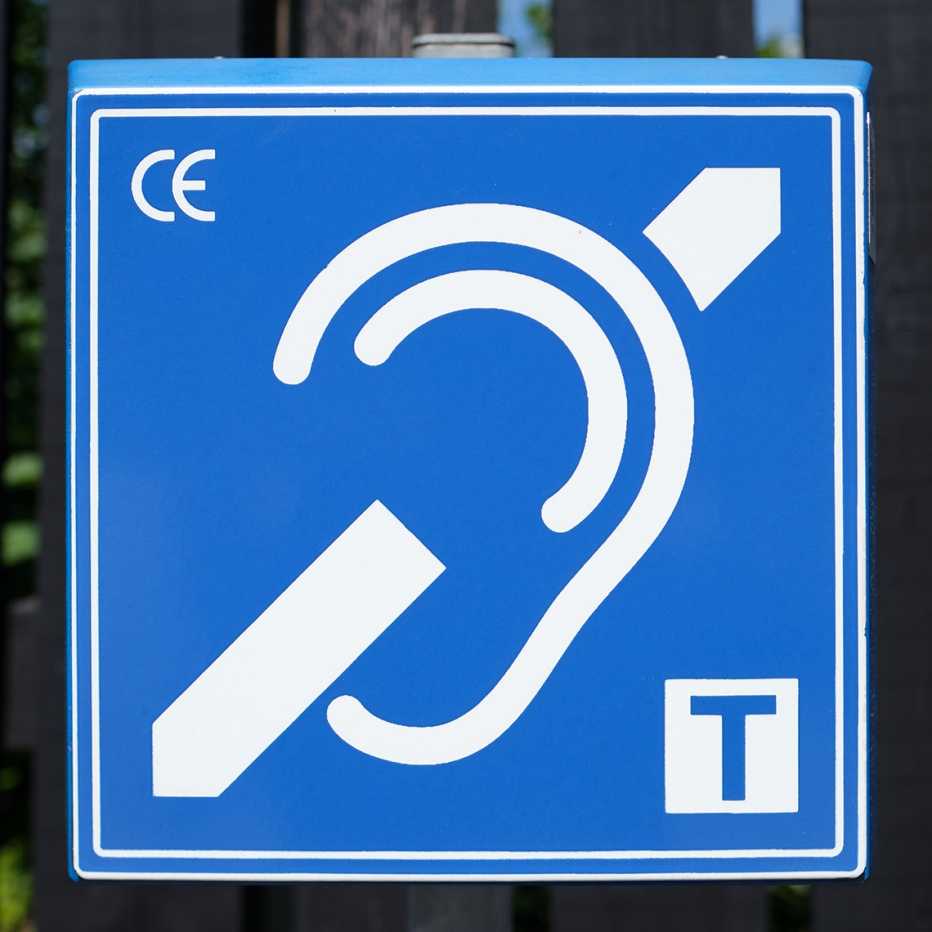Staying Fit
Ibrahim Dabo always wears his hearing aids, although for many years in church, he still could not fully understand the sermons. But after the 39-year-old from Atlanta activated his telecoil and connected to the hearing loop in his church, it was quite a different story. “I was blown away by the clarity of the sound that came through directly to my hearing aids,” Dabo says. “I felt like a child who has just received a bag of candy. That’s the best way I can describe it. My whole world turned around.”
A thin strand of copper wire installed around the edge of a room has transformed the lives of tens of millions of Americans who wear hearing aids. Called a hearing loop, it can bring crystal clear hearing in public spaces — including theaters, churches, museums, airports and even the U.S. Supreme Court — to those with hearing aids equipped with a telecoil.


AARP Membership— $12 for your first year when you sign up for Automatic Renewal
Get instant access to members-only products and hundreds of discounts, a free second membership, and a subscription to AARP the Magazine.
The telecoil, or T-coil, is a tiny copper receiver automatically built into more than two-thirds of today’s hearing aids and in all cochlear implants. Telecoils are not required in new over-the-counter hearing aids.
Hearing loops have been popular in Europe for the past 40 years, and the movement is gaining momentum in the United States. Hearing loops cover more than 850 venues in Wisconsin; more than 400 locations in Florida; all new New York taxicabs; the 15,000-seat Michigan State University Breslin Center; 347 theaters and concert halls in 37 states and the District of Columbia, including the Pantages Theater in Hollywood and two large Broadway theaters — the Gershwin and the Richard Rodgers; and the U.S. Supreme Court.


Hearing Loop Technology
A hearing loop system transmits an audio signal directly into telecoil-enabled hearing devices via a magnetic field, greatly reducing background noise. Most prescription hearing aids and cochlear implants have telecoils, according to the Hearing Loss Association of America. Check out this video to see how it works.
The technology can dramatically improve sound quality in public settings for those with hearing loss. In a 2014 study by The Hearing Review, less than 14 percent of the 866 adult participants rated their ability to hear in public places, such as theaters, places of worship and auditoriums, without a hearing loop above a 7 out of 10. In a looped setting, 86 percent bumped up their listening experience to 8 to 10.
“The major benefit of hearing loops to people with hearing loss is that it is an easy way to get access to meeting rooms,” says Lise Hamlin, director of public policy at the Rockville, Maryland-based Hearing Loss Association of America (HLAA). If your hearing aid is equipped with a telecoil, you can “walk into a room and just push a button on your hearing aid or cochlear implant and then you have access to the loop. It’s easy, seamless,” she says.






































































